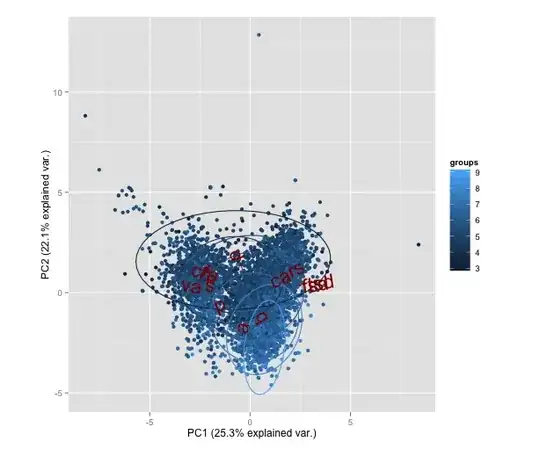I want to compare the distribution of 2 independant datasets. Measurements were performed on an experimental dataset (TEST) and compared with a completely independant reference dataset (REF). The idea is to determine if the measurements in the experimental dataset follow the same distribution as the reference.
I looked at the Kolmogorov-Smirnov test (two-sided) but I am not sure it does exactly what I think it does.
Can anyone suggest a test more appropriate to test the difference/similarity in distribution of these 2 datasets?
Thanks!
